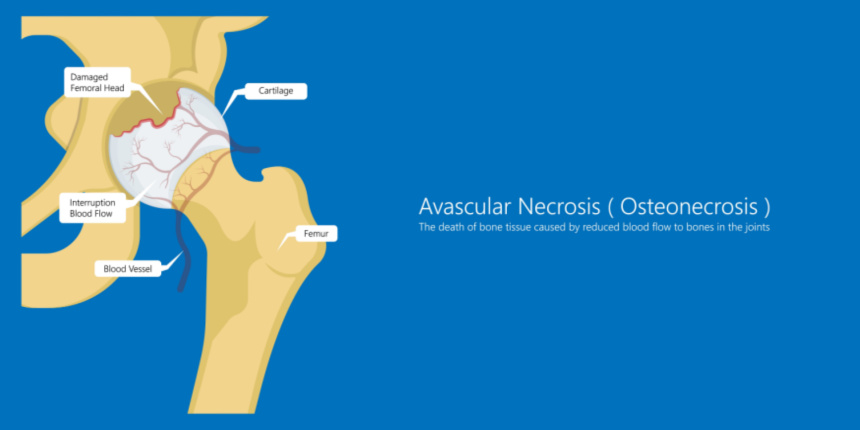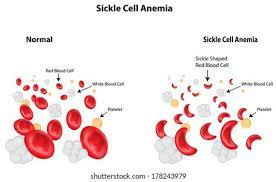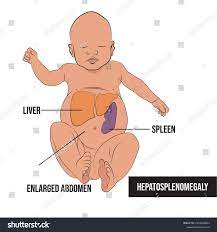AVN Full Form
What is Full Form of AVN ?
The full form of AVN is Avascular Necrosis. In this disease, bone tissue dies from avascular necrosis caused by a lack of blood flow. This disease is also known as osteonecrosis, which may result in little breaks in the bone or cause it to crumble. It typically takes months or years to complete. Blood flow can be cut off to a portion of bone due to a shattered bone or dislocated joint. Long-term high-dose steroid medicines and excessive alcohol use are also linked to avascular necrosis. Anyone could be impacted. However, those between 30 and 50 are most frequently affected.

Symptoms of AVN
In the early stages of avascular necrosis, some patients show no symptoms. Affected joints may feel pain only when you put weight on them as the problem worsens. At some point, you might have pain even when lying down.
Mild or severe pain typically grows over time. The groin , thigh, or buttock may be the primary sites of pain brought on by avascular necrosis of the hip. In addition to the hip, the shoulder, knee, hand, and foot may also be impacted.
Some people get bilateral avascular necrosis, affecting the knees or the hips.
Causes of AVN
When the blood supply to a bone is disrupted or decreased, avascular necrosis results, and reduced blood flow may result from the following:
Bone or joint injury:- A wound, like a dislocated joint, could harm the blood vessels in the area. Radiation-based cancer treatments can deteriorate blood vessels and weaken bones.
Fat accumulation in blood vessel walls: Lipids can block small blood vessels. This can reduce the blood flow to the bones.
Certain illnesses:- Gaucher's disease and sickle cell anaemia are two illnesses that can reduce blood supply to the bones.
Avascular necrosis that isn't induced by trauma occasionally has an idiopathic aetiology (Idiopathic diseases are those that appear to have arisen spontaneously and are a "disease of itself.",). Along with heavy alcohol use, certain medications, and other disorders, genetics are likely a factor.
Sickle Cell Anaemia
Sickle cell anaemia is one of the genetic diseases known as sickle cell disease. Red blood cells, which deliver oxygen to every region of the body, are affected in terms of structure.

Typically rounded and flexible, red blood cells can flow through blood veins with ease. Red blood cells with sickle or crescent shapes are characteristic of sickle cell anaemia. Additionally, these sickle cells develop a hard and sticky coating that can hinder or delay blood flow.
Gaucher Disease
Fat-filled Gaucher cells accumulate in organs like the spleen, liver, and bone marrow as a result of the hereditary illness Gaucher disease. If either parent is a carrier for the disease, the child will also develop the condition.
